Hyperloop Trains

Hyperloop trains have the potential to transform transportation in the next 50 years, providing incredible speed and efficiency. Hyperloop technology, which features passenger pods moving through low-pressure tubes, aspires to reach speeds of over 700 miles per hour. This technology promises to dramatically cut travel times between large cities, perhaps eliminating lengthy commutes.
Hyperloop trains, which use magnetic levitation and electric propulsion, are not only fast, but also ecologically beneficial, emitting less than ordinary trains. As artificial intelligence (AI) continues to improve and optimize these systems, the future of rail travel seems to blend cutting-edge technology with sustainable practices, altering our approach to intercity transportation.
Commercial Train Interiors
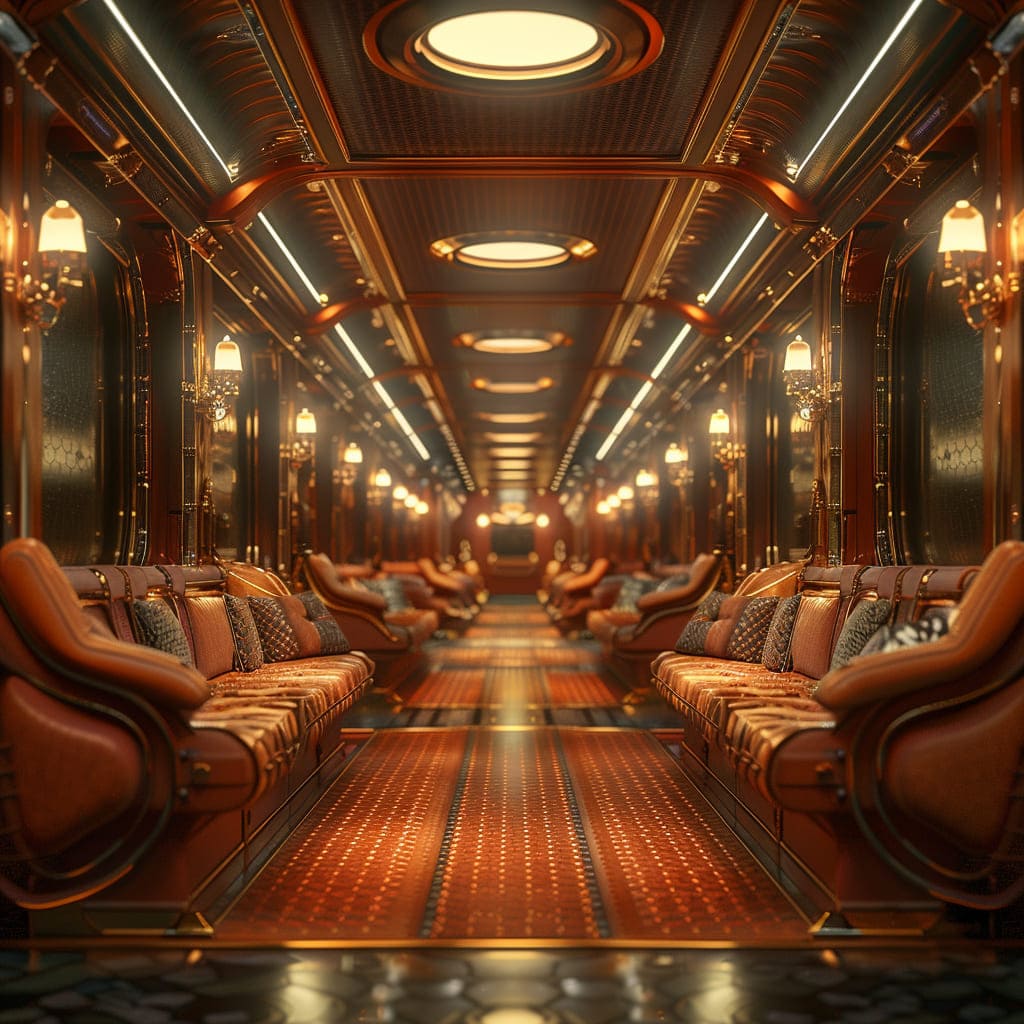
The commercial train interiors of the future offer a combination of comfort and design, with extra legroom, carpeted flooring, and improved lighting. Passengers will have a pleasant travel experience, with soft chairs and cushions evocative of high-end lounges. The design might possibly embrace steampunk aesthetics, which combine old features with current technology.
Advanced lighting will adjust to the time of day and passengers' demands, producing a relaxing atmosphere. Future train interiors will strive to deliver a more pleasant and pleasurable voyage, making train travel a viable choice for long-distance travel.
First Class Train Seats
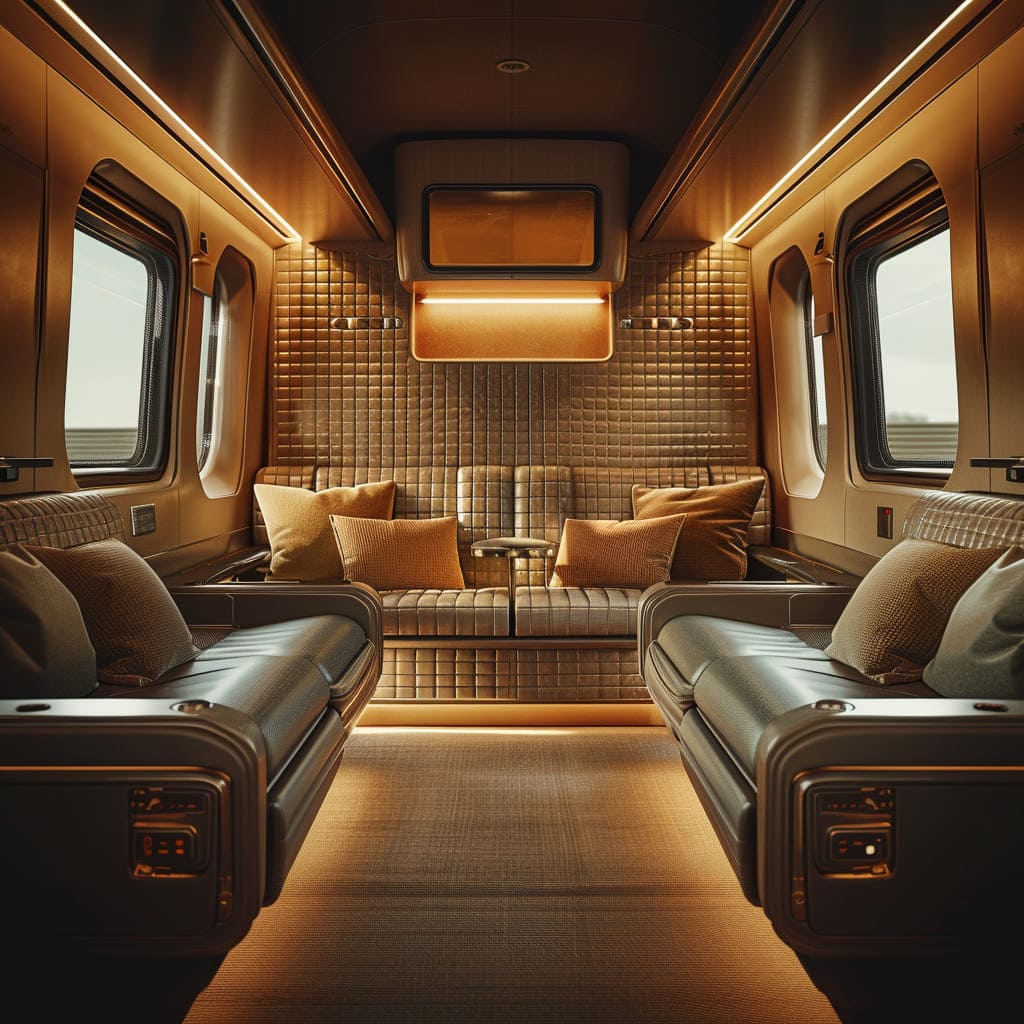
Future first-class rail seats will provide an unprecedented degree of luxury and seclusion. Passengers will have their own cabins, complete with personal TVs, cushioned walls, and innovative flooring technology that improves comfort and lowers noise. Leather seating will provide a touch of elegance and durability, ensuring a premium travel experience.
These high-tech, plush settings are intended to provide maximum comfort and convenience, converting lengthy train rides into peaceful and delightful experiences. With these developments, first-class train travel will redefine luxury on the rails, providing a refined alternative to air travel.
Magnetic Levitation (Maglev) Trains
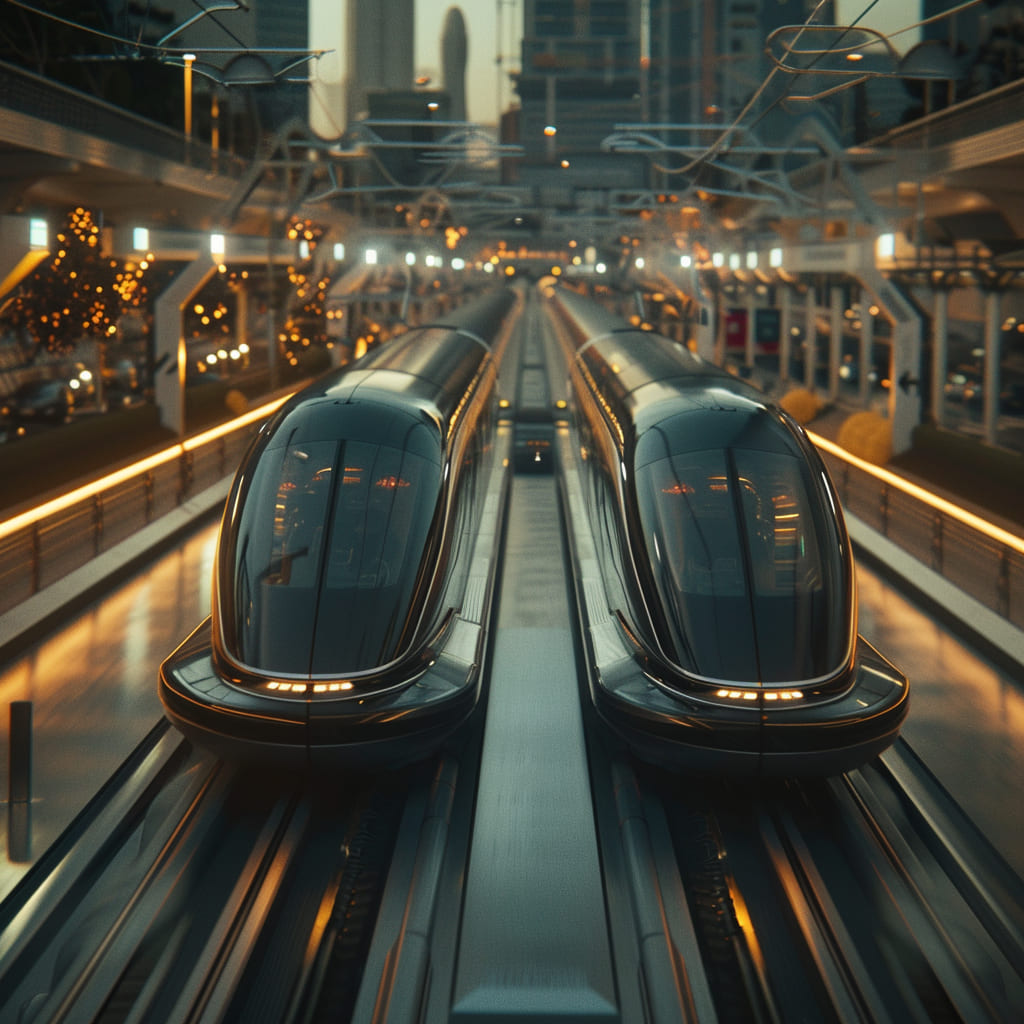
Magnetic levitation (Maglev) trains are set to redefine speed and efficiency in the next 50 years. Utilizing powerful electromagnets, these trains hover above the tracks, eliminating friction and allowing for incredibly smooth and quiet travel at speeds exceeding 300 miles per hour.
Maglev technology promises to reduce travel times significantly while providing a more comfortable and efficient ride. Maintenance expenses are lowered since there is no contact between the train and the tracks, and the system is more ecologically friendly owing to lower energy use. Maglev trains are set to become a cornerstone of future high-speed transportation networks.
Shape-Shifting Trains
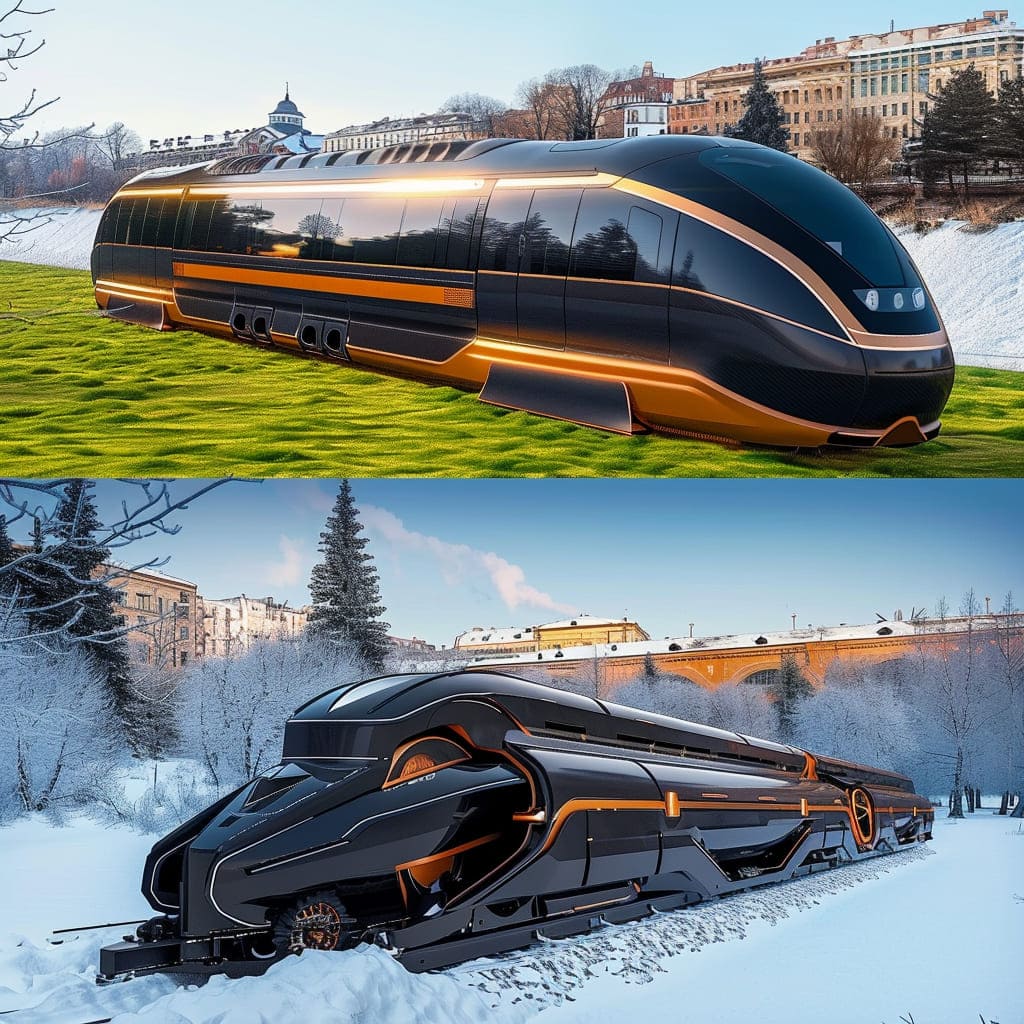
Shape-shifting trains are the ultimate of flexibility and creativity in future rail travel. These adaptable trains may be transformed to fit a variety of demands, including streamlined bullet trains for high-speed urban commuting, rotating snowplow trains for clearing snow-covered tracks, and cargo trains for efficient freight shipment.
These trains, which use sophisticated materials and artificial intelligence technologies, may rearrange their structure and functioning in real time, maximizing performance and efficiency for various settings and activities. This flexibility not only optimizes resource use but also assures that the system operates continuously regardless of weather or transit needs. Shape-shifting trains are poised to transform the rail sector, providing unparalleled flexibility and efficiency in train travel and transportation.
Augmented Reality Windows
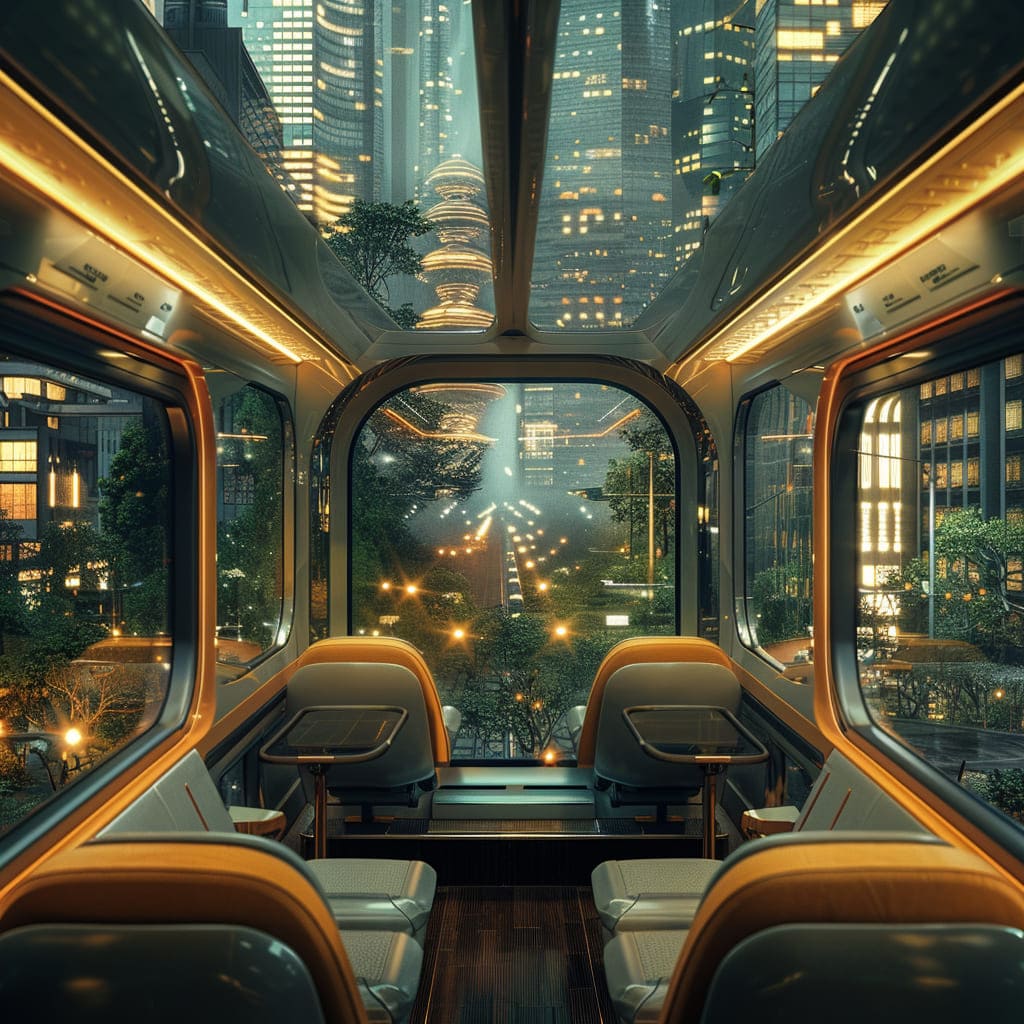
Augmented Reality (AR) windows will alter train travel, providing passengers with an engaging and immersive experience. These sophisticated windows will superimpose digital information over the real-world view, delivering real-time data on landmarks, weather conditions, and travel routes. Passengers may enjoy entertainment, educational information, and even virtual sightseeing trips that are perfectly blended into the surrounding surroundings.
AR windows will improve comfort and engagement, transforming travel time into an enriching, educational experience. AR windows, which combine technology and the natural world, are poised to transform how we perceive and experience train travels, making travel not just a means to an end, but an enjoyable part of the journey itself.
Vertical Takeoff and Landing (VTOL) Trains
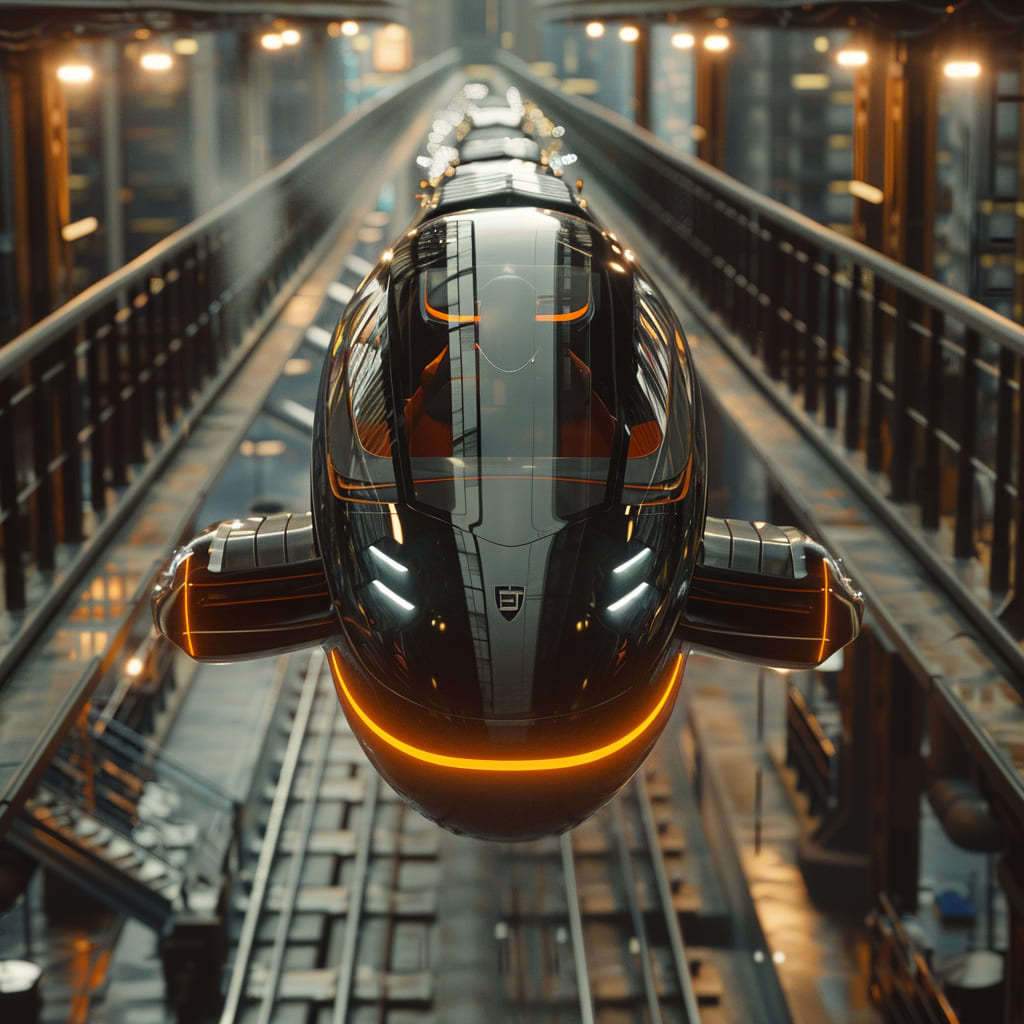
Vertical Takeoff and Landing (VTOL) trains might transform future transportation by combining the greatest features of trains and planes. These unique trains would be capable of flying, enabling them to avoid ground-level obstructions and significantly shorten journey times.
With improved propulsion systems and cutting-edge aerodynamics, VTOL trains may take off and land vertically, eliminating the need for vast rail infrastructure. This adaptability would allow for smooth transitions between urban, rural, and even distant places, bringing a new level of connectedness and ease. As A.I. and aeronautical technology advance, VTOL trains promise to reshape rail travel by combining speed, efficiency, and adaptability in new ways.
Vertical Transportation Hubs
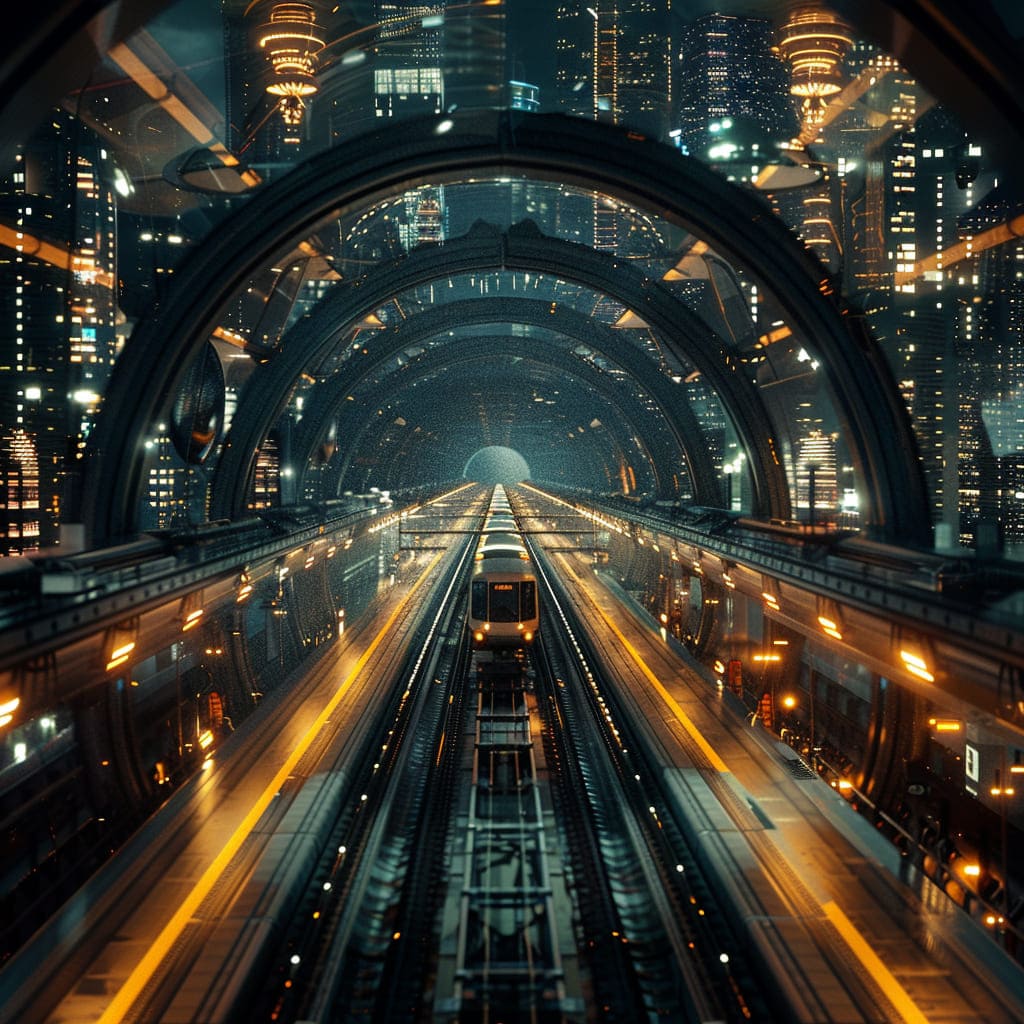
Future rail lines will connect to vertical transportation hubs, transforming urban mobility. These multi-level hubs will include tracks, platforms, and facilities in tall towers, maximizing capacity in highly crowded locations. Trains will operate effortlessly between horizontal tracks and vertical rail systems, allowing for smooth transitions between ground and elevated levels.
These hubs will link several means of transportation, such as trains, buses, and even VTOL trains, resulting in integrated transit networks. Passengers will enjoy quick and easy transfers thanks to sophisticated elevators and escalators. Vertical transportation hubs will reshape urban landscapes, improving accessibility, decreasing congestion, and offering a long-term, space-efficient answer to the expanding needs of urbanization.
Personal Space-Efficient Trains

Future personal space-efficient trains will transform commuting with multi-level layouts, enhanced temperature management, and new lighting systems. These trains will maximize vertical space by having many storeys to serve a wide range of passenger demands and preferences. Each floor will be outfitted with efficient heating and cooling systems to provide maximum comfort regardless of weather conditions.
Advanced lighting solutions will adjust to passenger activities and time of day, resulting in a relaxing and productive atmosphere. With these improvements, personal space-efficient trains will provide a more personalized and pleasant travel experience, responding to individual tastes while increasing the efficiency of urban transport networks.
Military Railways
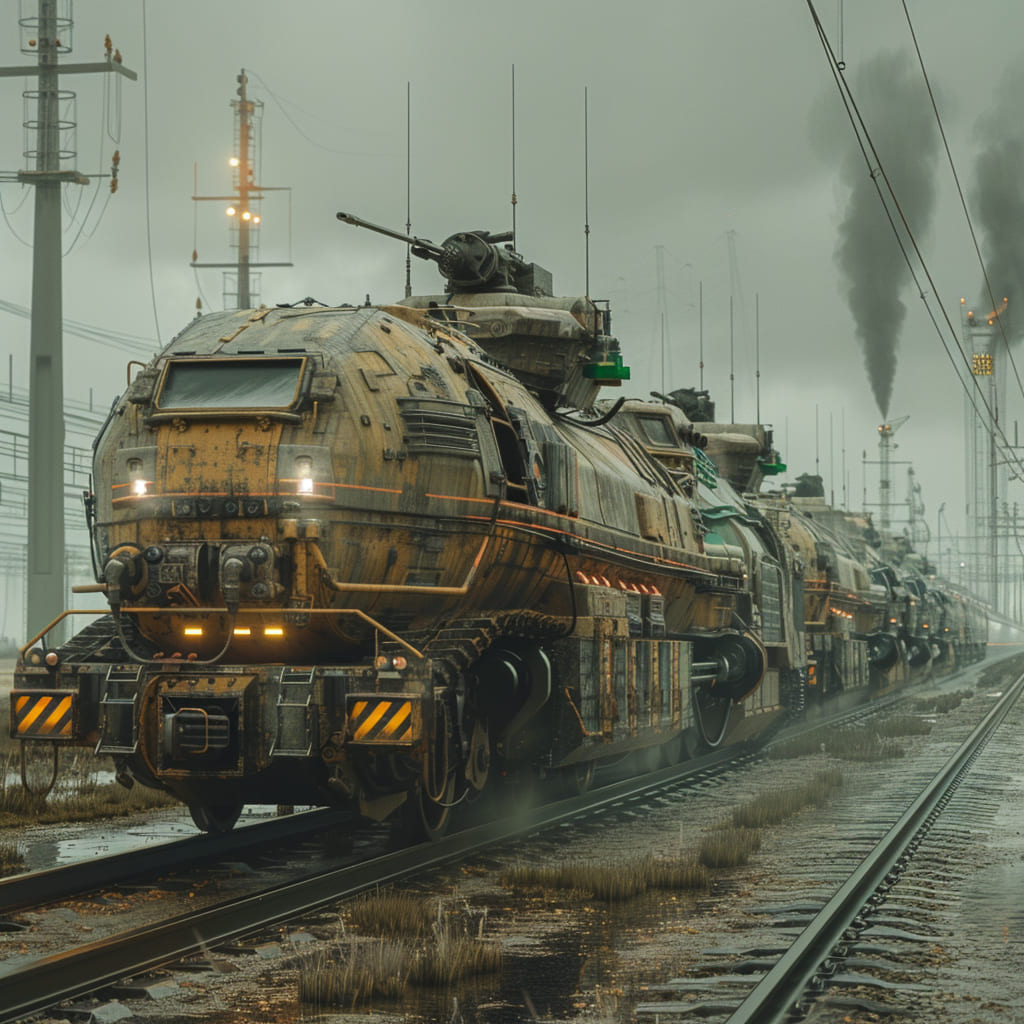
Military railroads of the future will have increased protection and durability features, making them powerful assets in any fight. These trains will be outfitted with turrets on the roof, creating a mobile and highly armed platform for defense or assault. These military trains, built from unbreakable and bomb-proof materials, will resist harsh weather and hazardous settings.
Advanced artificial intelligence systems will handle security measures, such as automated targeting and monitoring, providing rapid and exact reactions to attacks. With these advancements, military railroads will provide unprecedented strategic advantages by combining mobility, firepower, and resilience to efficiently support a variety of defensive actions.
 Author
Jennifer Freehill
Last Updated: June 27, 2024
Author
Jennifer Freehill
Last Updated: June 27, 2024